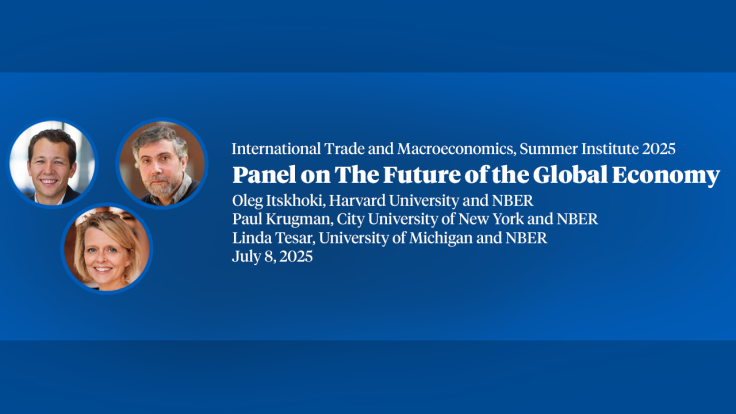Remote Work and City Structure
Working Paper 31494
DOI 10.3386/w31494
Issue Date
Revision Date
Relative to remote work, working downtown facilitates valuable interactions with other in-office workers, but entails commuting costs. The resulting coordination mechanism can lead to multiple stationary equilibria with varying levels of remote work. Temporary reductions in commuters, as in the COVID-19 pandemic, can then lead to persistently large fractions of remote workers. Cell-phone-based mobility data for the U.S. shows that commuting trips in the largest cities, which are more likely to exhibit multiplicity, have stabilized at only 60% of pre-pandemic levels, while they are fully back in smaller cities. Cities with permanently low commuting experience average welfare losses of 2.3%.
-
-
Copy CitationFerdinando Monte, Charly Porcher, and Esteban Rossi-Hansberg, "Remote Work and City Structure," NBER Working Paper 31494 (2023), https://doi.org/10.3386/w31494.Download Citation
-


